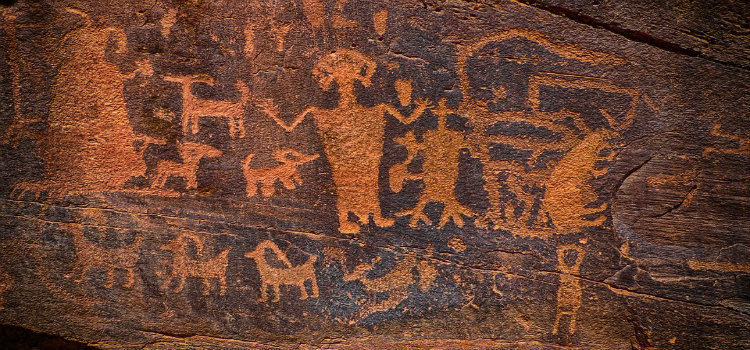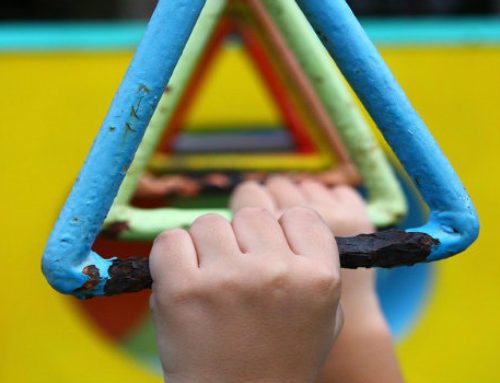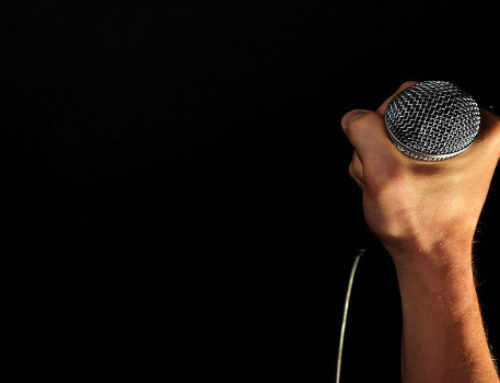At Monheit Law, our Philadelphia personal injury lawyers love learning about archaeology and anthropology. We think learning about the past isn’t just interesting in its own right, but that it also helps us learn about ourselves and where we are today as a society. We recently visited Penn’s famous Museum of Archaeology and Anthropology and wanted to share our thoughts on some of our favorite current exhibitions.
Bearing Witness: Four Days In West Kingston
This exhibition tells the story of the Tivoli Incursion – a May 2010 standoff between Jamaican security forces and a local gang leader who was wanted for extradition by the U.S. government. At least 75 civilians were killed in the standoff in West Kingston, Jamaica. Bearing Witness uses art installation to memorialize the victim and to call for actions to reduce the risk of a similar event taking place.
Visitors to Bearing Witness can learn about this incident through several forms of media, including:
- Personal stories from witnesses
- News clips, interviews, and photographs which examine U.S. involvement in Jamaica
- Instruments which explain the musical traditions which helped form West Kingston
- Arrangements which represent Jamaica spiritual traditions, like rituals, celebrations, and memorials
Moundbuilders
While the architectural sites in Egypt, Asia, and South America may be more famous, the United States also has its fair share of Native American monuments. The Moundbuilders exhibit explores these monuments and the 5,000-year history of Native North American culture. Visitors can learn about this history by viewing the exhibits wide array of photographs, authentic artifacts, archival materials, and excavation records.
Some specific objects featured in the exhibit include:
- Items discarded by moundbuilders
- Pottery, statues, carvings, and other artifacts
- Photographs documenting the original earthworks
Objects Speak: Media Through Time
This is a student-curated exhibition which features 17 objects from Penn Museum’s collection, which span over 4000 years of human history. The common theme of the exhibition is objects that express messages regarding power, influence, and status. The exhibition also focuses on connections between ancient media and the media of present-day.
Some of our favorite aspects of this exhibit included:
- Persian props used for dramatic reenactments
- Objects used by the Kaagwaantaan clan to gain a wolf’s courage
- Egyptian artifacts which explore how rulers controlled their public image
- Different types of mediums used in ancient media.
Cultures in the Crossfire
Cultures in the Crossfire focuses on the destruction of Middle Eastern culture in Syria and Iraq as a result of the spread of ISIS. On display are a variety of ancient art and artifacts from Penn Museum’s Near East Collection, which tell the story of how Syria and Iraq’s cultures have changed over generations. The exhibit also features contemporary art by Issam Kourbaj, who is a Syrian artist currently based in the UK.
Some noteworthy features of this exhibit include:
- Contemporary art side-by-side with ancient artifacts
- Ancient reliefs with evidence that they were once painted
- Insight into the connection between Middle Eastern identity and religion
- The role of family in Syrian and Iraqi cultures
The Artifact Lab
The Artifact Lab is an exhibition which allows visitors to learn about the act on conservation by watching conservators work on a variety of artifacts which are being prepared for exhibit in the Museum’s many signature galleries. You can learn about the tools used and how different types of artifacts are protected, restored, and preserved. You’ll also view artifacts in varying states of conservation, from the early stages all the way to the finishing touches.






